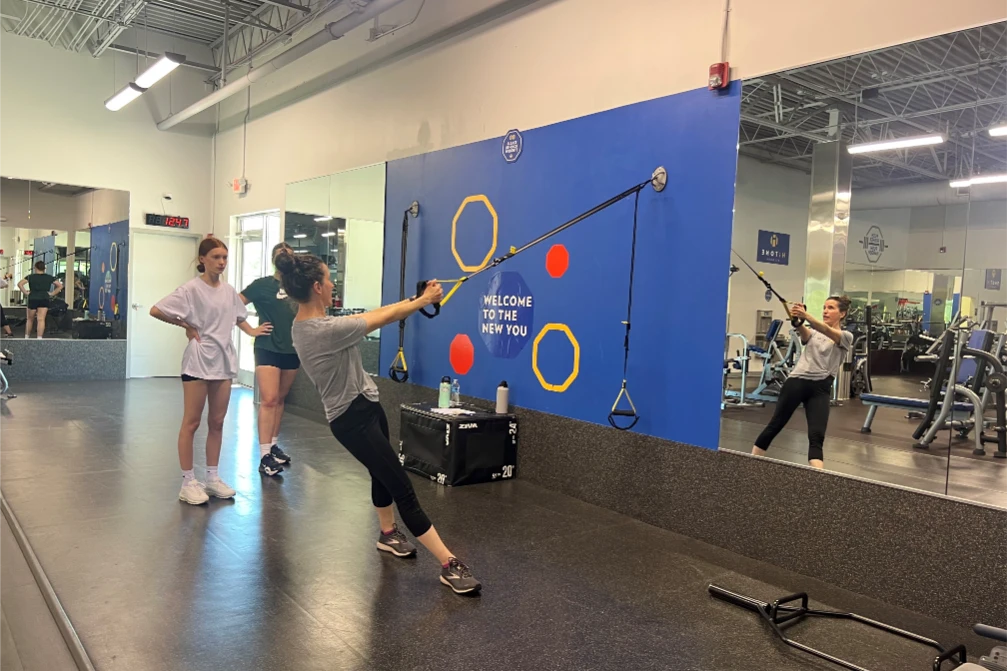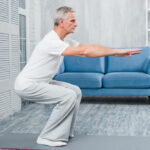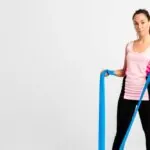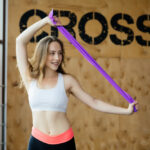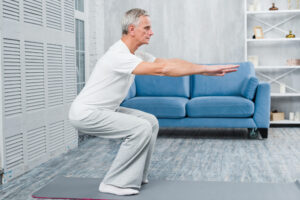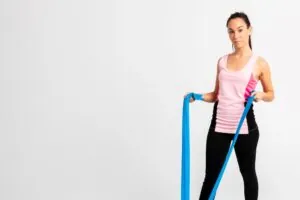Functional movement exercises are designed to do just that. They mimic the movements we perform in our everyday activities, making them an integral part of a well-rounded fitness routine. Whether you’re a fitness enthusiast, a busy professional, or someone just starting on their fitness journey, understanding and integrating functional movement exercises into your routine can be a game-changer.
What are functional movement exercises?
Functional movement exercises are exercises that train your muscles to work together and prepare them for daily tasks by simulating common movements you might do at home, at work, or in sports. Unlike traditional weightlifting, which often isolates specific muscles, functional exercises involve multiple joints and muscles working in coordination. This approach aims to enhance your body’s ability to perform real-life activities more efficiently and safely.
The beauty of functional movement exercises lies in their versatility and adaptability. They can be tailored to fit any fitness level, from beginners to advanced athletes, and can be performed with minimal equipment or incorporated into a gym routine.
Benefits of functional movement exercises
- Improves daily life performance: One of the primary benefits of functional movement exercises is their direct impact on your ability to perform everyday activities. Whether it’s carrying groceries, lifting a child, or climbing stairs, these exercises enhance your strength, balance, and agility, making daily tasks easier and less tiring.
- Enhances overall strength and stability: By engaging multiple muscle groups and joints simultaneously, functional movement exercises promote overall body strength and stability. This holistic approach ensures a well-balanced body, reducing the risk of muscle imbalances and injuries.
- Reduces risk of injury: Functional movement exercises are designed to mimic natural movements, which means they help improve your body’s mechanics and posture. By training your muscles to work together effectively, you reduce the likelihood of injuries both in everyday life and during other physical activities.
- Versatility and adaptability: Whether you’re a beginner or an experienced athlete, functional movement exercises can be adapted to suit your fitness level and goals. They can be performed anywhere, with or without equipment, making them an accessible option for everyone.
- Enhances mind-body connection: These exercises require concentration and coordination, fostering a stronger mind-body connection. As you focus on executing the movements correctly, you become more aware of your body’s capabilities and limitations.
Top functional movement exercises to add to your routine
Here are some top exercises that are highly effective and can be easily integrated into your workout regimen:
- Squats: Squats are a fundamental functional movement that targets your lower body, primarily your quadriceps, hamstrings, glutes, and calves. They mimic the natural motion of sitting and standing, making them essential for building strength and stability in everyday activities.
- Lunges: Lunges are another excellent lower-body exercise that improves balance, coordination, and unilateral strength. They simulate the act of stepping forward or backward, engaging your quads, hamstrings, and glutes. Lunges also challenge your core stability as you maintain an upright posture.
- Push-ups: Push-ups are a versatile upper-body exercise that strengthens your chest, shoulders, triceps, and core. They replicate pushing movements you might encounter in daily life, such as pushing open a heavy door. Push-ups can be modified to suit different fitness levels, from knee push-ups for beginners to more challenging variations for advanced individuals.
- Planks: Planks are a fantastic core-strengthening exercise that enhances stability and posture. Holding a plank position engages multiple muscle groups, including your abdominals, obliques, lower back, and glutes. Planks are also beneficial for improving endurance and reducing the risks of injuries by strengthening the core.
- Deadlifts: Deadlifts are a powerful exercise that targets your posterior chain, including your lower back, glutes, hamstrings, and calves. They mimic the motion of lifting heavy objects off the ground, making them highly functional for everyday tasks. Proper form is crucial to avoid injury and maximize benefits.
- Rows: Rows are essential for developing upper back strength and improving posture. They simulate pulling movements, such as opening a door or lifting a bag. Rows can be performed with various equipment, including dumbbells, barbells, or resistance bands, making them accessible for home and gym workouts.
One very similar exercise method to functional movement training is calisthenics – see how it can help you gain fantastic abs.
Final thoughts
Functional movement exercises are a vital component of a well-rounded fitness routine. By incorporating exercises like squats, lunges, push-ups, planks, deadlifts, and rows into your workouts, you can enhance your daily life performance, improve overall strength and stability, and reduce the risk of injury. These exercises are designed to mimic natural movements, making them highly practical and beneficial for individuals of all fitness levels.
If you’re new to functional movement exercises or unsure about proper form and technique, seeking guidance from a fitness professional can be incredibly helpful. A qualified trainer can provide personalized recommendations, ensure you’re performing exercises correctly, and help you achieve your fitness goals safely and effectively. If you are looking for a personal trainer in Concord, make sure to visit HiTone Fitness.

